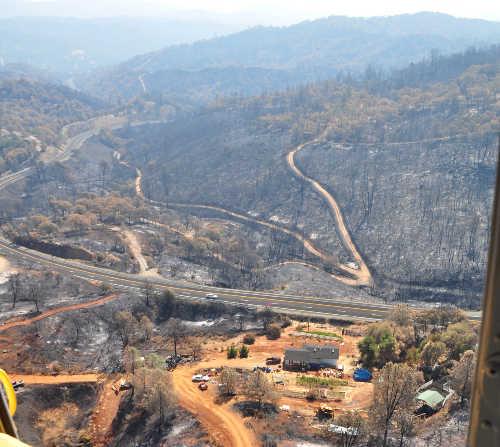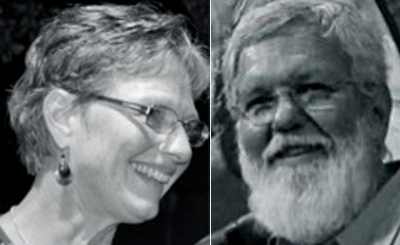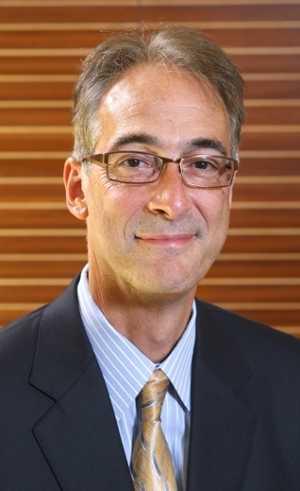- Linda Juntunen
- Posted On
Juntunen: Are you ready for a wildfire?
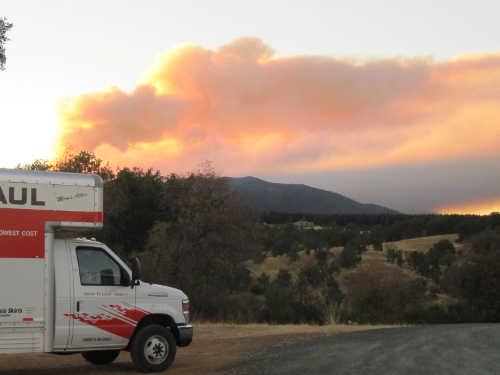
Fire season is here. We’re in a drought. In spite of the recent rain, fuels are dry and ready to burn.
Are you ready for fire season? Would you know what to do if a wildfire was in your backyard?
Have you cleared defensible space around your home? Is your address clearly marked? Do you have an evacuation plan for yourself and your family? Do you have your emergency checklist ready?
During the 2012 fire season, some of us got to answer those questions firsthand.
Last September, driving to town on a Friday afternoon, I turned a corner and saw a column of smoke rising on Cow Mountain. Way too close for comfort. I turned around and went back home.
My husband and I watched the column build and glow red from the flames. The wind was blowing the opposite direction of what it normally does, but we could tell by the rate of spread; if the wind changed to “normal” we would literally be in the line of fire. We stopped staring at the fire and kicked into gear.
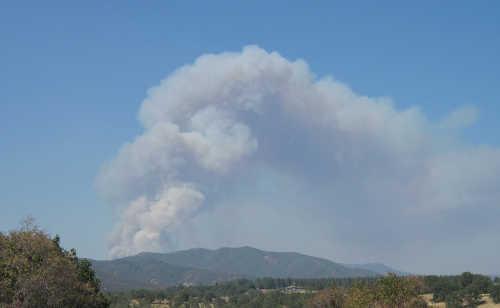
We got out the emergency check list we’d made. It kept us organized and about as calm as possible, considering we were both wondering if we might lose our home.
Ladder out … check. Hoses hooked up … check. No flammable materials around the house or on the porch … check. Vehicles headed out with windows up … check. And so we went down the list.
I double-checked what I call my “go kit” to make sure everything we needed was there. It’s a case I put together each year as fire season approaches. It sits by the door or goes with me in the car. It has medications for the entire family, including the dog’s, spare pair of glasses and other essentials.
Back to the check list … water, dog food, dog crate, external hard drive for the computer, non-perishables, a change of clothing, batteries, toothpaste, chargers for the phones and laptop. And down the list we went again.
We had things together in about 30 minutes. If the phone hadn’t been ringing so much, it probably would have taken half that time. It’s amazing how quickly you can move when it’s needed and you have a checklist to follow.
The neighbors were getting organized, too. People with livestock were following their evacuation plans and didn’t wait until they were told to move their animals. Maybe it was memories of the 1981 Cow Mountain fire, but my hunch was we’d all seen how quickly things moved during the recent Wye Fire and learned from it.
Then my husband and I made another decision. We called ahead, then went to town and rented a moving truck. The wind was still in our favor, and we decided to take advantage of the extra time. How lucky we were to have it. If we’d been in the Wye Fire, we would have already evacuated and been hoping our home would still be there when we returned. We had the luxury of time residents in the Wye Fire hadn’t had.
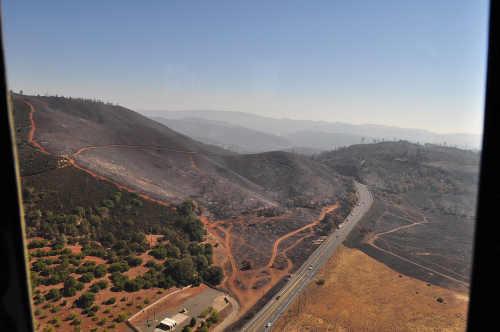
The wind still hadn’t changed when we got home, so we started packing the truck with some of our furniture. We figured it was easier to haul it back inside than try to get things loaded in a panic.
We knew we’d done the best we could with protecting our home. We debated about leaving, but had a good handle on the fire’s location and felt sure we were still okay. We watched the air tankers overhead, we watched the fire trucks roll down the road during shift changes.
We gave thanks for the volunteers and emergency personnel who were there to help. We thanked our lucky stars for the men and women trained to fight these fires. They’d left their families and homes to protect ours.
As residents, we have a job to do, too. We need to create defensible space not only to protect our homes, but the fire fighters who defend them. We need to do our part of the job, so they have a fighting chance to help us.
To find out what you can do to prepare for a wildfire, don’t miss the Wildfire Safety Expo on Saturday, May 18, at Kelseyville Lumber from 10 a.m. to 2 p.m.
There’s a bounce house for the kids, plus Smokey Bear and Sparky the Fire Dog will be there. We also have free prizes that will be given each hour.
You’ll have the opportunity to see fire fighting demonstrations and talk to the men and women who help protect us. You might even want to say thanks and shake their hand.
The Wildfire Safety Expo is a family event that will help answer your questions about fire protection. It’s fun, it’s free, and you won’t be sorry you attended.
Don’t wait until a fire is in your backyard before you learn what to do. For more information about the Expo, please call the Lake County Fire Safe Council at 707-263-4180, Extension 106.
For additional fire safety information, check the Cal Fire Web site at www.readyforwildfire.org .
Linda Juntunen is project coordinator for the Lake County Fire Safe Council. She lives in Lakeport, Calif.
